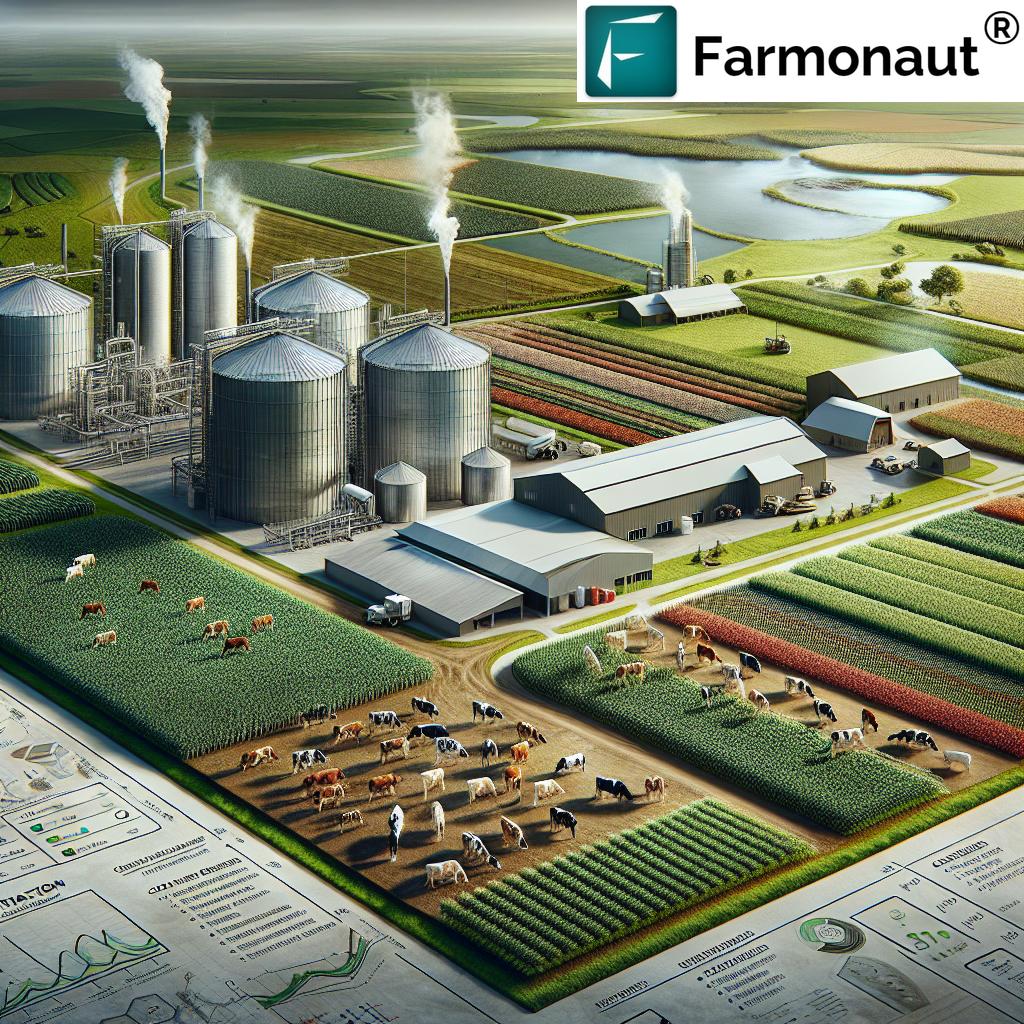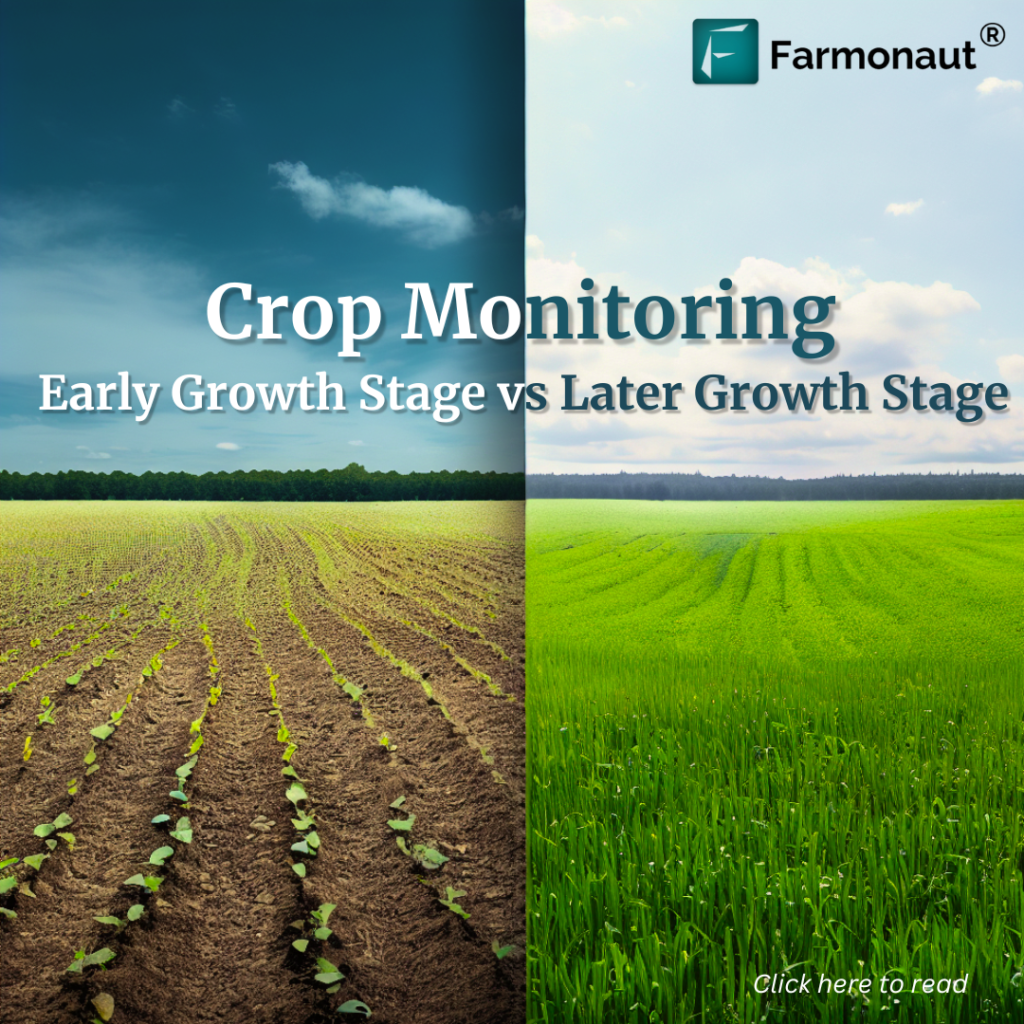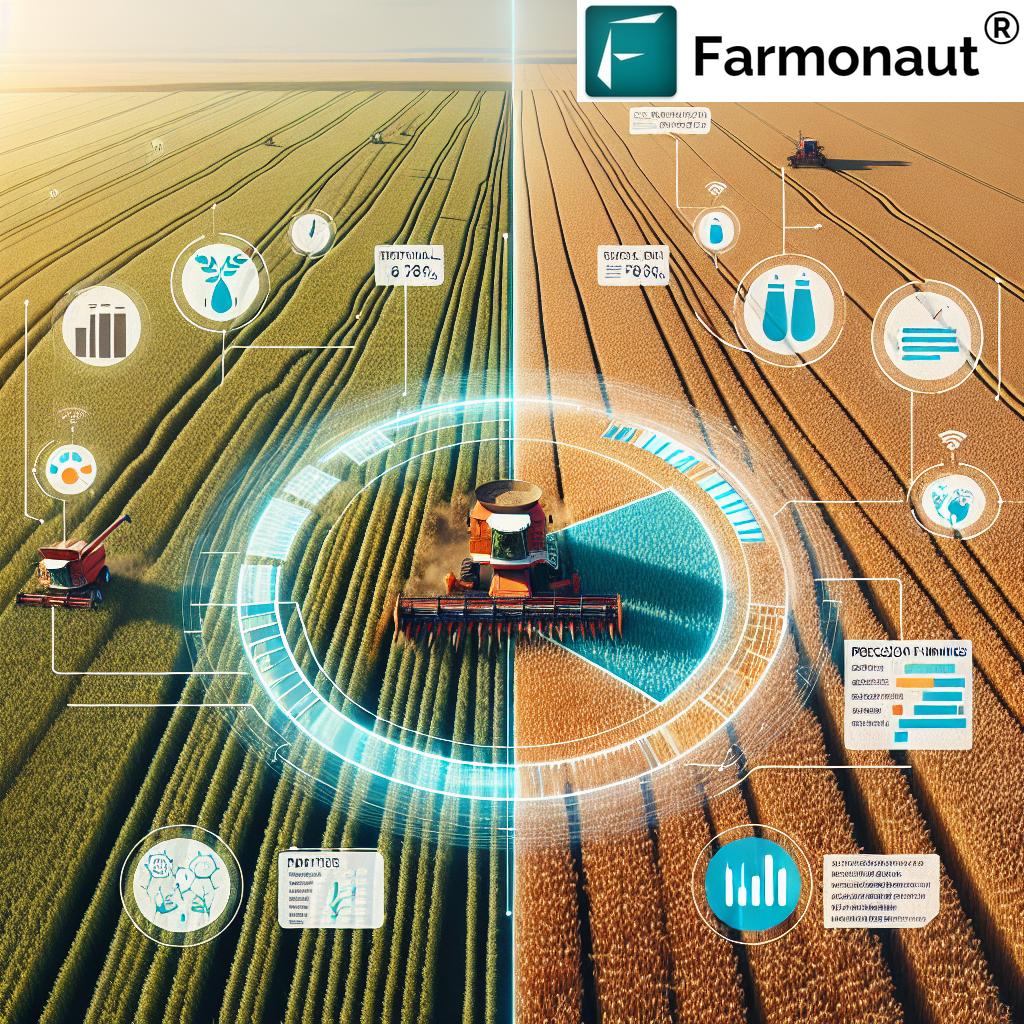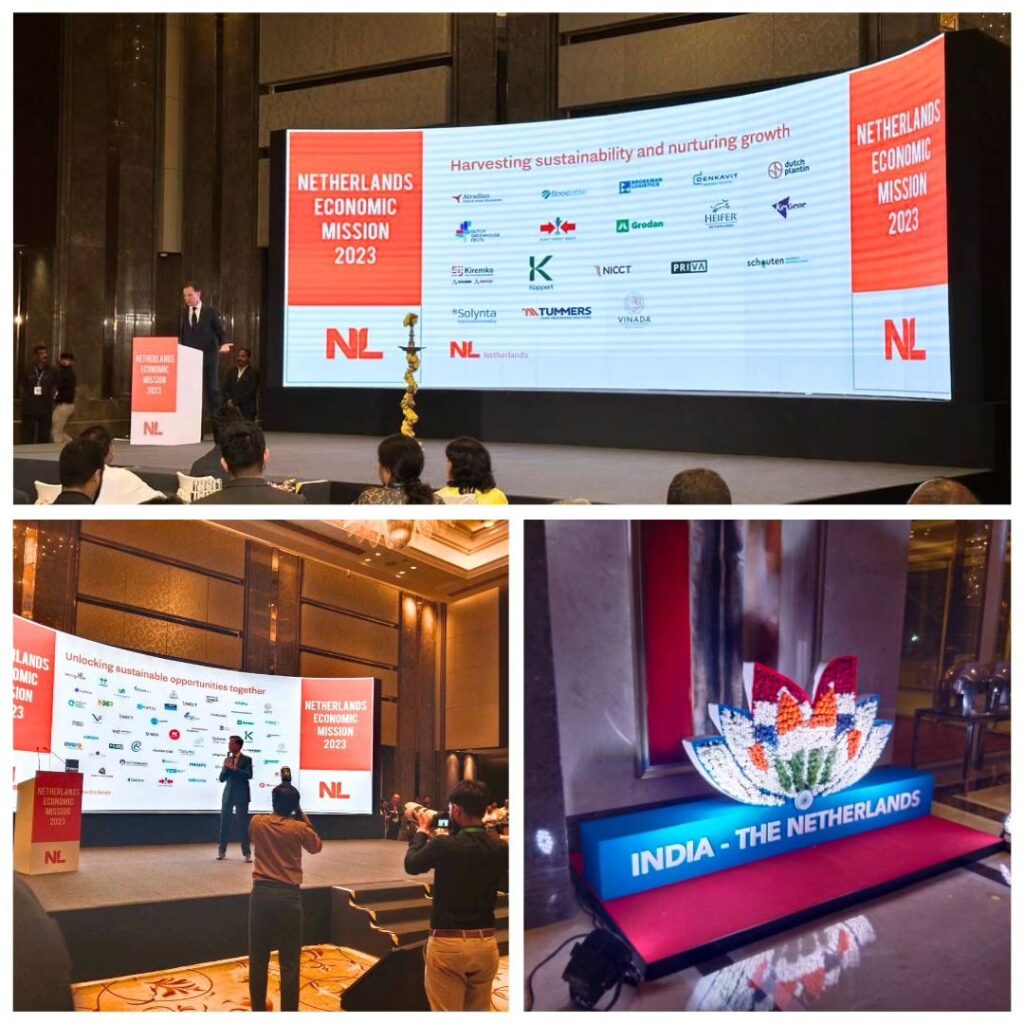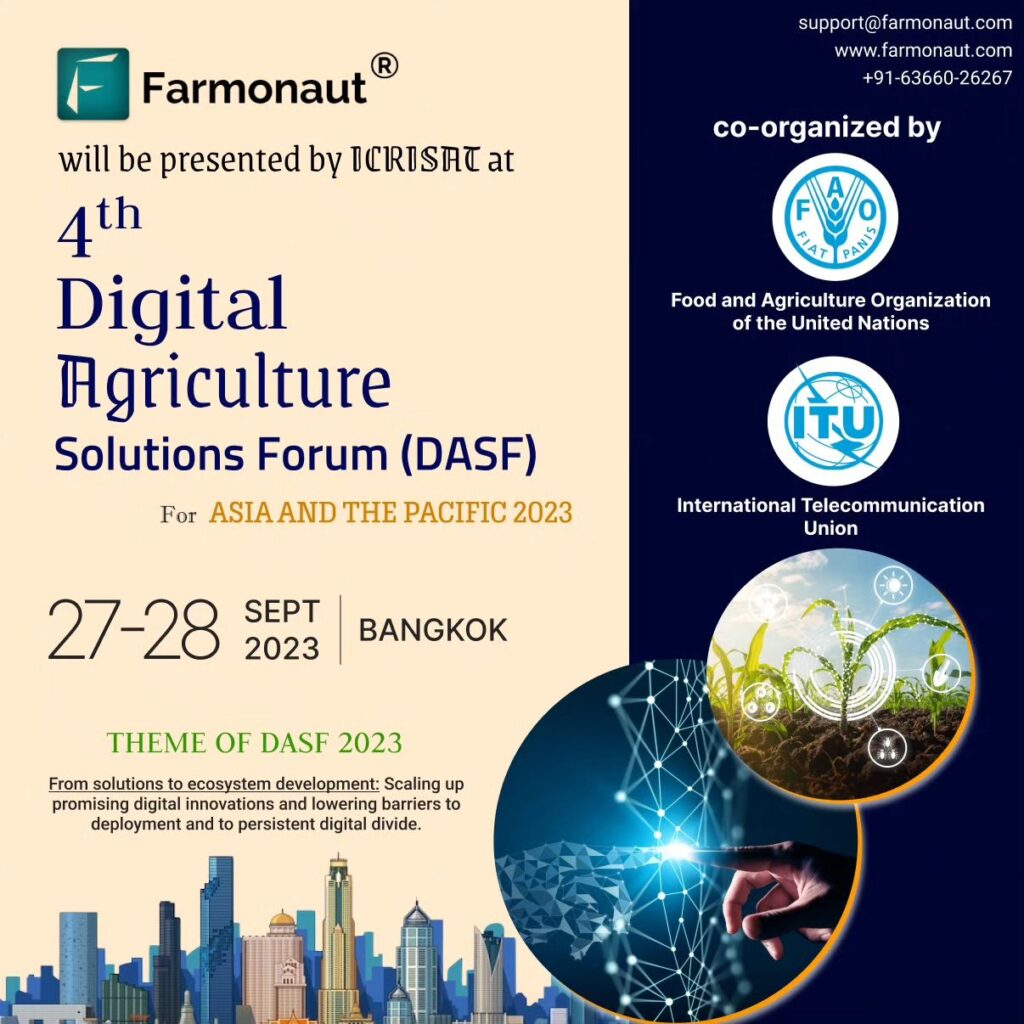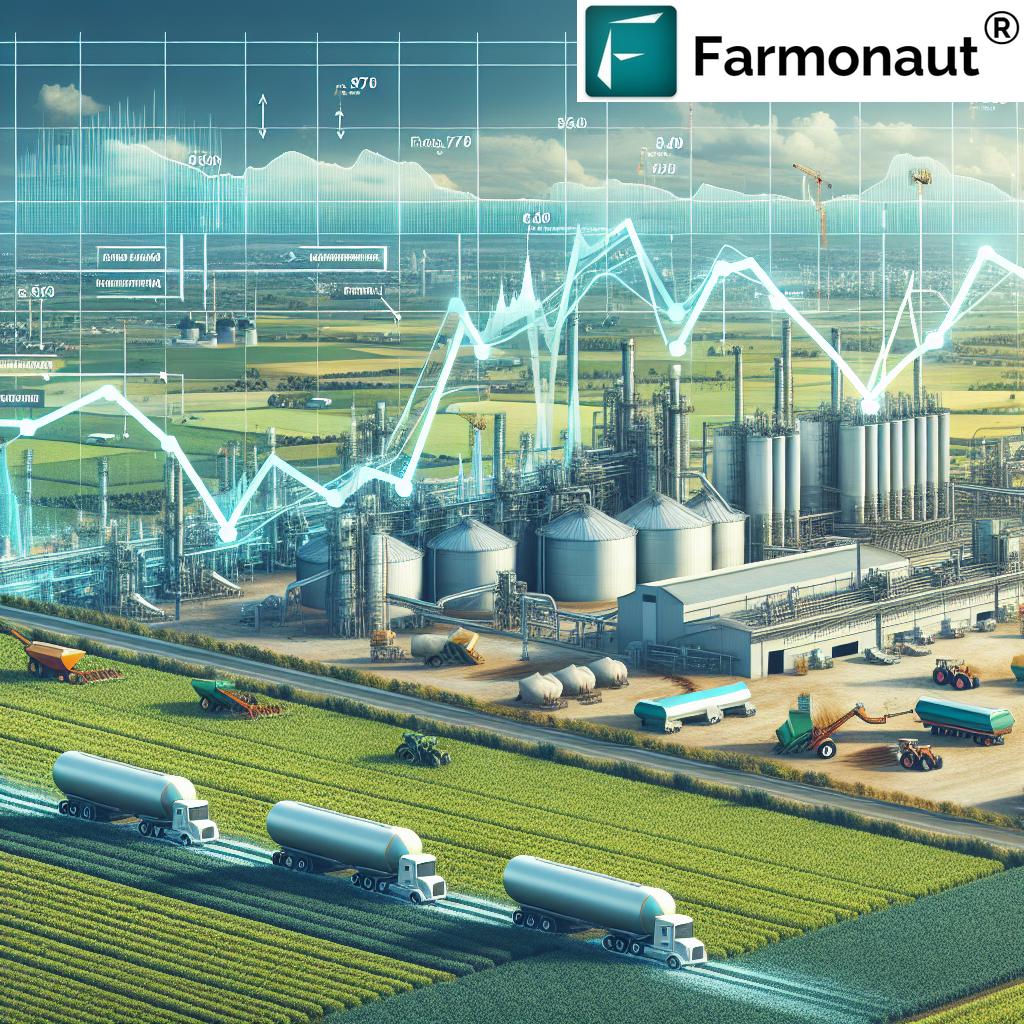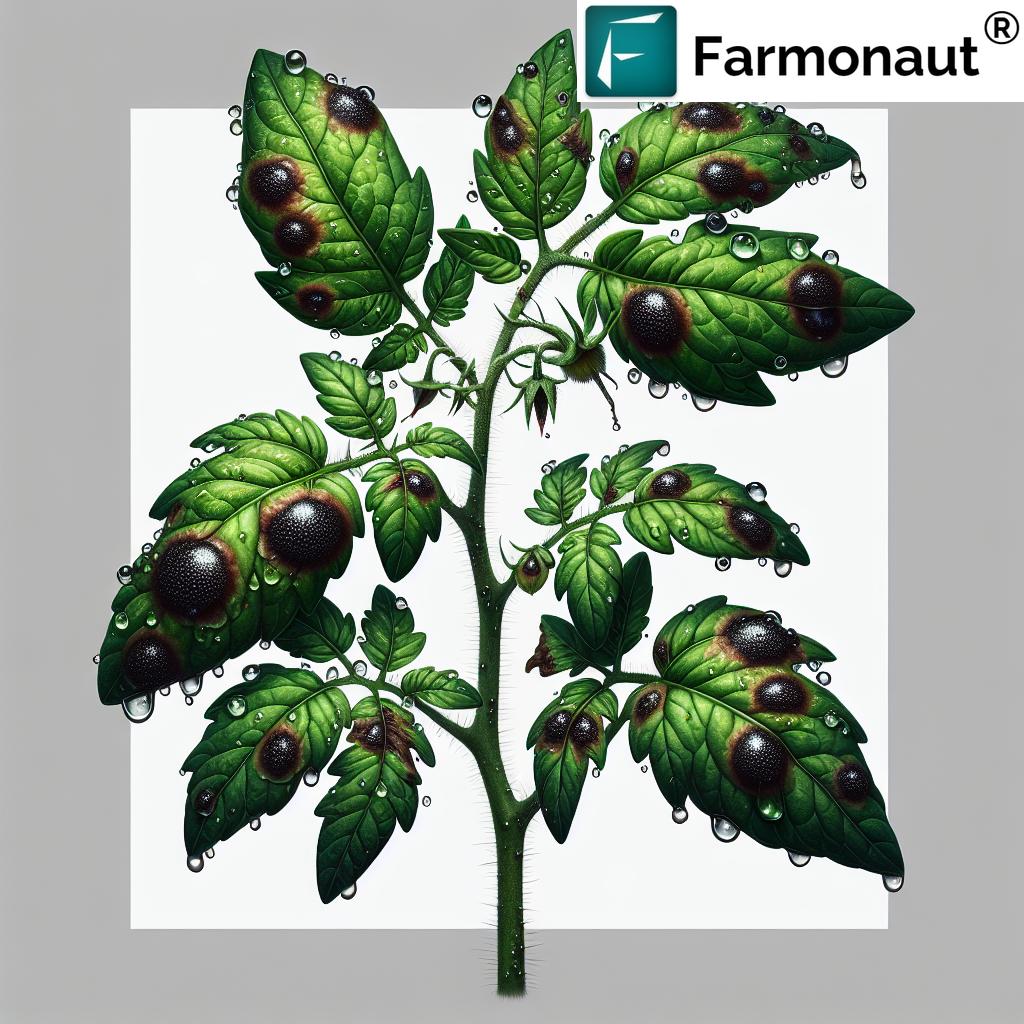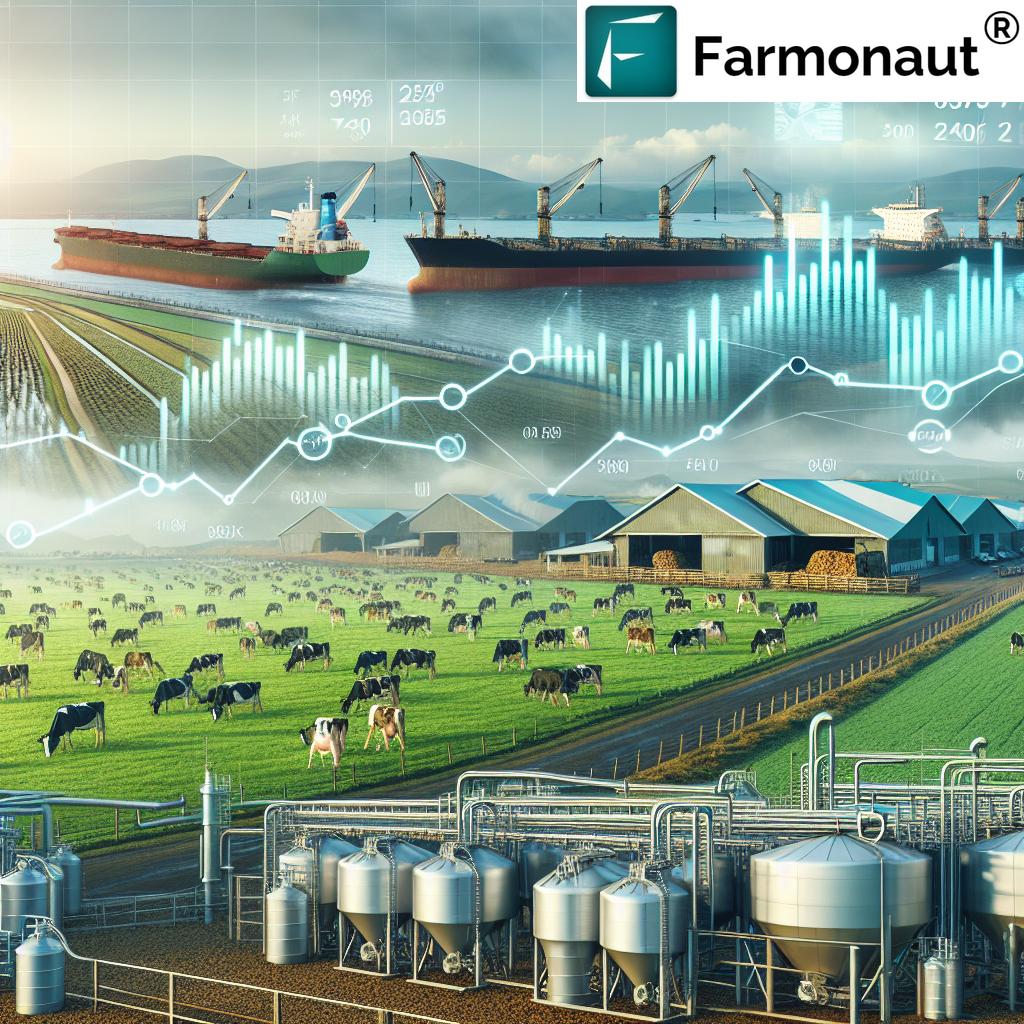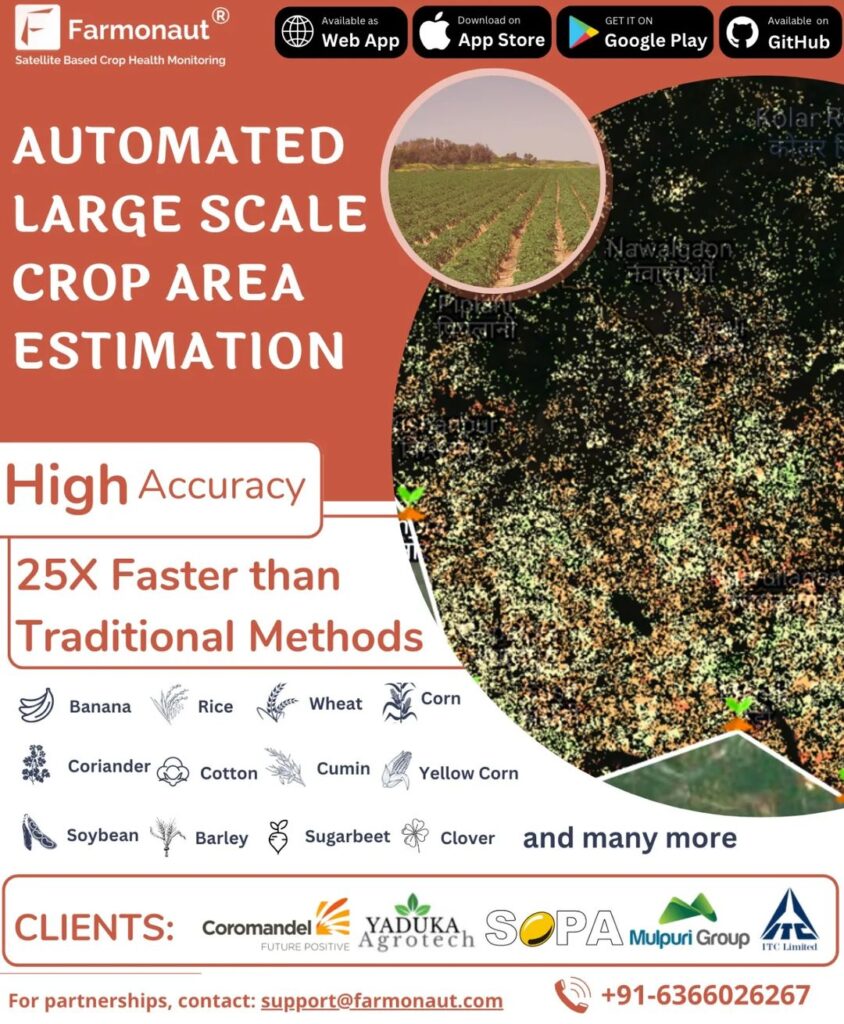Agricultural Risk Management Services: 7 Secrets Exposed
“Over 60% of global farmers lack access to formal crop insurance, increasing vulnerability to climate risks.”
Table of Contents
- Introduction to Agricultural Risk Management
- Types of Agricultural Risks
- Agricultural Risk Management Secret 1: Embracing Diversification
- Agricultural Risk Management Secret 2: Leveraging Crop Insurance Programs
- Agricultural Risk Management Secret 3: Navigating Market Risks
- Agricultural Risk Management Secret 4: Financial Planning for Risk Reduction
- Agricultural Risk Management Secret 5: Maintaining Legal Compliance
- Agricultural Risk Management Secret 6: Investing in Human Capital
- Agricultural Risk Management Secret 7: Harnessing Technology for Real-Time Monitoring
- Government Support for Farmers: Programs and Assistance
- Key Agricultural Risk Management Strategies: Impact & Support Sources (Table)
- Education and Training in Agriculture Risk Management
- Global Perspectives and Sustainable Operations
- Farmonaut’s Suite of Agricultural Risk Management Solutions
- Frequently Asked Questions
- Conclusion
Introduction to Agricultural Risk Management
At the heart of every sustainable farming operation lies the practice of agricultural risk management. As producers, ranchers, and agricultural managers, we are intimately familiar with the uncertainties that come with weather patterns, market fluctuations, financial pressures, evolving regulations, and the human elements involved in daily farm life. Navigating these risks is a constant challenge that demands robust management, strategic planning, and the adoption of innovative tools and education programs.
In this blog, we unveil seven essential secrets to mastering agricultural risk management services, integrating proven strategies like crop insurance programs, government support systems, financial and legal planning, technology adoption, and comprehensive education. By applying these insights, we strengthen our farm’s sustainability, improve income protection, and ensure long-term economic stability.
Whether we are managing vast forestry lands, intensive livestock operations, or cultivating a diverse portfolio of crops, effective risk management is the cornerstone of resilience and profitability. Join us as we break down the different types of agricultural risks, expose actionable solutions, and explore how a technology-driven approach with innovations from companies like Farmonaut is revolutionizing modern agriculture.
Types of Agricultural Risks: The Foundations of Effective Management
Before we delve into the seven secrets of agricultural risk management, it’s vital to understand the wide spectrum of risks that farming and forestry operations must contend with:
- Production Risks: Stemming from variable weather, pest infestations, disease outbreaks, droughts, floods, and other natural disasters that threaten crops and livestock.
- Market Risks: Changes in commodity prices, consumer demand, international trade, and global economic factors can rapidly alter income stability.
- Financial Risks: Fluctuations in credit availability, cash flow issues, interest rate swings, and challenges related to securing farm financing.
- Legal Risks: Risks related to ever-shifting laws, regulations, land use requirements, and contractual obligations for agricultural products and real estate assets.
- Human Risks: Labor shortages, worker skill disparities, health problems, and employment regulation changes that disrupt farm operations and reduce productivity.
Recognizing these threats is the first critical step toward resilience. Next, we turn knowledge into actionable risk management strategies.
Secret 1: Embracing Diversification – The Producer’s Safety Net
Diversification lies at the core of sustainable agricultural risk management. By cultivating a variety of crops, incorporating livestock, integrating agroforestry, or combining farming with value-added processing, we reduce dependence on any single commodity or source of income.
- Production Risk Management: Mixed cropping or livestock-crop systems lessen vulnerability to pest infestations, drought, and diseases.
- Market Risk Mitigation: By spreading our output across different markets and products, we cushion ourselves against price fluctuations and volatile consumer demand.
- Income Smoothing: Revenue from one segment can offset losses in another, improving overall economic stability.
- Explore precision crop and plantation advisory tools for optimized diversification
Incorporating diversification strategies is essential for sustainable farming operations, as it also enhances soil health, promotes biodiversity, and builds long-term farm resilience.
Secret 2: Leveraging Crop Insurance Programs for Risk Protection
Even with the best crop and livestock management practices, our operations are never completely immune to weather and natural disaster risks. Crop insurance programs become indispensable here, offering vital income protection for farmers and ranchers. In the United States, the Risk Management Agency (RMA) administers federal crop insurance, safeguarding against production losses from drought, storms, pests, and plummeting market prices.
- Revenue Assurance: Insurance covers reduced yields, livestock losses, or falling prices, securing our farm’s cash flow and financial management.
- Accessibility: Affordable government-supported options make insurance programs available for most crops and regions.
- Peace of Mind: With risk transfer to insurance providers, we can confidently plan long-term business growth.
- Learn how satellite-based verification speeds up crop insurance and loans
On a global scale, over 60% of farmers lack access to formal crop insurance, making education and outreach by companies and governments mission-critical for sustainable agriculture and financial risk management for producers.
Secret 3: Navigating Market Risks in Agriculture with Smart Contracts & Hedging
Market risks in agriculture stem from unpredictable price changes, fluctuating input costs, global events, and shifts in consumer demand. We can manage these risks with tools such as:
- Forward Contracting: Secure sales at predetermined prices, locking in revenue and reducing market risk exposure.
- Futures and Options: Advanced producers may use commodity exchanges for hedging, further stabilizing farm income.
- Diversification: As discussed earlier, spreading production reduces exposure to a single market’s volatility.
- Market Intelligence: Leverage digital tools providing real-time market trends and demand forecasts to inform planting and selling decisions.
- Unlock farm-to-market traceability for greater price transparency and trust
Utilizing these strategies boosts farm profitability and supports sustainable business models—no matter the external shocks.
Secret 4: Financial Risk Management for Producers – Building Cash Flow Resilience
Financial risk management for producers is an ongoing, integral process:
- Budgeting: Create and monitor detailed budgets, tracking actual performance versus planned targets.
- Cash Flow Forecasting: Regularly project cash inflows and outflows to anticipate shortages and plan for emergencies.
- Credit Management: Maintain strong relationships with financial institutions and monitor credit availability, interest rates, and debt service ratios.
- Investment Analysis: Use data-driven tools to evaluate return on investment before purchasing equipment or expanding operations.
- Optimize fleet usage for cost-effective operations and risk reduction
Advanced management of finances underpins both short-term profitability and long-term sustainability for farmers, forestry managers, and ranchers.
Secret 5: Legal Compliance – Shielding Against Regulatory and Land Use Risks
Legal risks can derail even the most productive agricultural operations:
- Regulatory Awareness: Stay informed about applicable compliance requirements, land use laws, labor regulations, and on-site safety standards.
- Contractual Security: Employ clear, binding contracts for products, employee agreements, and lease arrangements.
- Documentation: Keep comprehensive, up-to-date records for all operational, financial, and employment matters.
- Real Estate and Zoning: Monitor local and state land use codes to avoid costly violations.
- Use carbon tracking for environmental compliance and sustainability credits
Legal compliance is not just about avoiding penalties—it is about securing market access, consumer trust, and the ability to operate without interruption.
“Government support programs can reduce farm income volatility by up to 40%, enhancing long-term sustainability.”
Secret 6: Investing in Human Capital – Strengthening Skills and Health
The unsung backbone of every successful farm is its human resources. Human risks include labor shortages, skill gaps, health concerns, and employment issues. Mitigate these uncertainties with:
- Continuous Training: Invest in the latest agriculture education programs to enhance skills in farm management, technology, and compliance.
- Health & Safety: Promote workplace safety and worker wellness through regular assessments and health incentives.
- Succession Planning: Prepare for workforce transitions and leadership changes with clear plans.
- Embracing Technology: Utilize management systems to streamline labor allocation and monitor worker efficiency.
Developing human capital and supporting worker well-being ensures farm productivity and reduces legal and operational risks.
Secret 7: Harnessing Technology for Real-Time Risk Management
The seventh and often most transformative secret in agricultural risk management is the use of modern technology. Satellite imagery, artificial intelligence, and digital advisory systems are changing how we perceive and respond to risk. For example:
- Satellite-Based Crop Health Monitoring: Detect disease outbreaks, pest infestations, and drought stress early to react quickly and reduce production losses.
- AI-Driven Farm Management: Decision-support systems like Jeevn AI can recommend targeted actions for sustainable resource use and higher yields.
- Blockchain Traceability: Track every step in the supply chain, protect against fraud, and enhance market and consumer trust.
- Fleet and Resource Management: Improve cash flow and operational efficiency by optimizing machinery and logistics deployment.
- Carbon Footprinting: Monitor environmental impact, supporting regulatory compliance and access to sustainability incentives.
-
Integrate satellite and weather intelligence via Farmonaut’s API for data-driven decisions |
Learn more in our API Developer Docs
The tech revolution allows for real-time monitoring and instant response to changing risk dynamics—foundational to the future of sustainable and profitable farm management.
Government Support for Farmers: Programs and Assistance
Government programs provide critical backing for risk management strategies, offering income support, resource access, and financial risk coverages for U.S. farmers and ranchers. Here are the principal offerings:
- Agriculture Risk Coverage (ARC) and Price Loss Coverage (PLC): Offer income support when revenues or prices dip below safe thresholds.
- Dairy Margin Coverage (DMC): Shields dairy producers against sharp drops in milk price relative to feed costs.
- Livestock Forage Disaster Program (LFP): Supports livestock operators with forage losses tied to drought.
- Livestock Indemnity Program (LIP): Compensates for abnormally high death losses due to weather, disease, or predators.
- Emergency Assistance for Livestock, Honey Bees, and Farm-Raised Fish (ELAP): Covers other losses not included in standard coverage.
- Tree Assistance Program (TAP): Assists orchardists and nursery managers for tree, vine, or bush loss due to natural disasters or diseases.
These programs reduce income volatility and help us invest in long-term, sustainable farming operations.
Key Agricultural Risk Management Strategies: Impact & Support Sources
| Strategy | Estimated Risk Reduction (%) | Environmental/Sustainability Benefit | Typical Cost to Implement | Govt/Private Support Programs |
|---|---|---|---|---|
| Diversification (Multi-Cropping, Livestock Integration) | 45-60% | High | Low-Medium | Available (Extension, select grants) |
| Crop Insurance Programs | 60-80% | Medium | Medium | Available (RMA, State) |
| Forward Contracting/Futures | 30-60% | Low | Low | Available (Cooperatives, Commodity Exchanges) |
| Financial Planning & Cash Flow Management | 30-50% | Medium | Low | Limited (Education, select grants) |
| Legal Compliance & Contract Management | 20-40% | Low | Low | Available (Extension, legal aid) |
| Technology Adoption (Satellite, AI, Resource Mgmt) | 55-85% | High | Medium | Available (Private, select Govt grants) |
| Education/Training Programs | 30-60% | High | Low | Available (Federal/Extension) |
Education and Training: The Bedrock of Risk Management
Continuous learning is essential for adapting to new risks in farming and forestry:
- Agriculture Risk Management Education Partnerships Program (US): Provides resources and training in risk assessment, marketing, insurance, and futures/options tools.
Access Agriculture Risk Management Education Resources - Regional Extension Centers: Deliver hands-on education and technical support to farmers, ranchers, and forestry managers.
- Online Training Platforms: Convenient, on-demand courses available for updating compliance, financial planning, technology, and marketing skills.
Empowered with the latest risk management education, producers can develop agile strategies, anticipate challenges, and incorporate best practices for sustainable operations.
Global Perspectives and Sustainable Operations
Outside the US, organizations like the Platform for Agricultural Risk Management (PARM) coordinate risk management efforts globally. These initiatives conduct risk assessments, design innovative financial and insurance products, and deliver capacity-building projects, ultimately aiming to boost the sustainability and productivity of agriculture in diverse regions.
Emerging economies often focus on expanding access to insurance, market intelligence, and technology-driven tools to address vulnerabilities in global supply chains and improve food security.
Farmonaut’s Suite of Agricultural Risk Management Solutions
Farmonaut stands at the forefront of precision agriculture, democratizing access to advanced risk management tools. Our platform seamlessly integrates:
- Satellite-Based Crop Health Monitoring: Real-time NDVI, soil moisture, and stress detection for timely, targeted crop management.
- AI Advisory: The Jeevn AI system generates customized, data-driven recommendations, strengthening decisions regarding weather and natural disaster risk, inputs, and scheduling.
- Blockchain-Based Traceability: Enables supply chain transparency and product authenticity for markets sensitive to food safety and quality.
- Fleet & Resource Management: For financial risk reduction, our tools help agribusinesses optimize logistics and minimize resource wastage.
- Carbon Footprinting: Track and report emissions for sustainability and regulatory compliance, integral for environmental stewardship.
Our services operate on a flexible, subscription-based model compatible with Android, iOS, web browsers, and APIs—empowering farmers, ranchers, agribusinesses, and government stakeholders worldwide.
Businesses seeking programmatic integration can instantly access satellite and weather intelligence via API.
Explore Farmonaut’s subscription plans and choose a solution tailored to your farm risk management needs:
Frequently Asked Questions: Your Guide to Agricultural Risk Management
We regularly face production risks (weather, pests, diseases), market risks (price and demand fluctuations), financial risks (cash flow shortages, credit issues), legal risks (regulation and contract compliance), and human risks (labor and health challenges).
Crop insurance programs protect against losses from natural disasters and price declines by providing compensation when yields or revenues fall below established thresholds. In the U.S., these are often managed by the USDA’s Risk Management Agency.
Absolutely! Solutions like satellite monitoring, AI advisory, and digital traceability offered by Farmonaut empower farms of all sizes to detect stress, manage resources, and respond quickly to threats—improving both productivity and sustainability.
Detailed information on agricultural risk management programs is available on the USDA websites for federal crop insurance, as well as income risk coverage, livestock support, and disaster assistance.
Ongoing education and training help producers stay current on risk strategies, regulations, and new farming technologies, making it possible to reduce uncertainties and increase farm profitability and sustainability.
Conclusion: Building a Secure and Profitable Agricultural Future
Achieving agricultural risk management excellence is an ongoing journey. By identifying our unique operational risks, choosing multi-layered strategies—diversification, insurance, forward contracts, technology adoption, financial and legal planning, and continual education—we can withstand uncertainties and create both economic stability and environmental sustainability.
Support from government programs, as well as digital transformation through platforms like Farmonaut, further enhances our ability to adapt to changing conditions and industry demands—paving the way for profitable, resilient, and sustainable farming operations.
As the agriculture sector evolves, so too must our risk management mindset. Let’s leverage these seven exposed secrets and the resources at our disposal to protect our incomes, nourish our communities, and safeguard the future of agriculture and forestry.
Ready to revolutionize your farm management? Get started with Farmonaut today!


